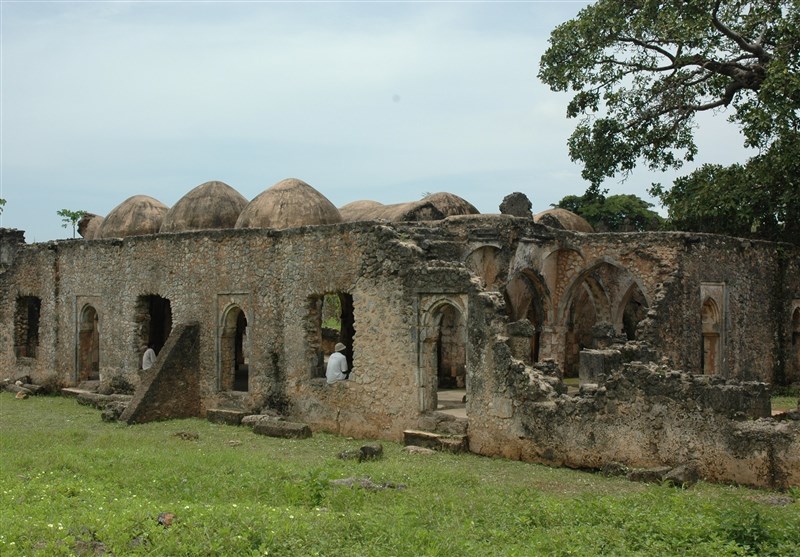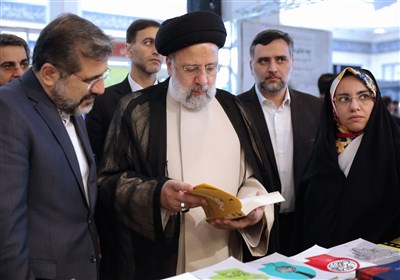Ancient DNA Reveals Interwoven Persian Ancestry along East Africa
TEHRAN (Tasnim) – A new study has revealed the existence of interwoven African and Persian ancestry along the Swahili coast in Eastern Africa.
The research, published in the journal Science Advances, analyzed ancient DNA samples from individuals who lived in the region over the past 1,400 years.
According to lead author Ondrej Hlinka, a postdoctoral researcher in anthropology at Rice University, "The East African coast has a long and complex history of population movement and cultural exchange. Our findings provide a glimpse into the genetic diversity and interconnectedness of the region."
The study found evidence of individuals with Persian ancestry living in the region dating back to the 7th century. The researchers also discovered that the mixing of African and Persian ancestry occurred more frequently than previously thought, with some individuals having up to 50% Persian ancestry.
“Entwined African and Asian genetic roots of medieval peoples of the Swahili coast” was published in Nature. It examines genetic ancestry and cultural influences in eastern Africa by using DNA from the skeletal remains of 80 individuals who were buried in six medieval and early modern coastal towns in Kenya and Tanzania dating to the years 1250-1800 and an inland town in Kenya dating to after 1650.
Analysis of the genetic data enabled scientists to estimate that people of African and Persian ancestry began to have children together around the year 1000, centuries before the burials themselves.
"That's when we start to see archaeological evidence for major cultural changes, associated with adoption of Islam," said Rice University professor of anthropology Jeffrey Fleisher, a senior author on the study.
Fleisher said prior archaeological and historical research showed that Persian Gulf merchants visited the eastern African coast for trading. These traders stayed for months at a time until winds changed and allowed them to sail back home.
The new study revealed that some people buried in the elite cemeteries of coastal towns had mostly African ancestry. But they also had a large proportion of Asian ancestry — and some had more than half. The Asian ancestry overwhelmingly came from Persian men.
“The findings were very eye-opening and suggestive of the ways in which African traders were fostering different types of alliances with Persian merchants during the early second millennium, probably by marrying off daughters and building their family connections,” Fleisher said. “And the people we studied were their descendants.”
The researchers estimated that while individuals of African and Asian origins began to have children together by about the year 1000, the sources of Asian ancestry had shifted from Persia to Arabia by about 1500. This reflected a shift in economic and political influences on the coast.
Fleisher said the findings offer new understanding of an area previously understood to be a Persian colony and it also corroborate oral histories of the Swahili people who now live in East Africa, who have long said their ancestors came from Persia.
The findings shed new light on the history of the Swahili coast and challenge the notion that the region's culture and genetics were shaped solely by African populations.
As Hlinka notes, "The Swahili coast has long been viewed as a melting pot of African, Arab, and Indian cultures. Our study adds another layer to this story, highlighting the important role of Persian populations in the region's genetic and cultural history."





